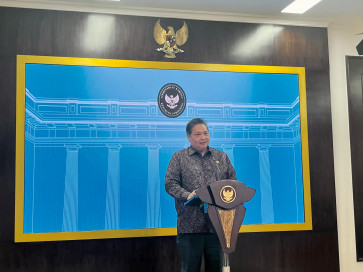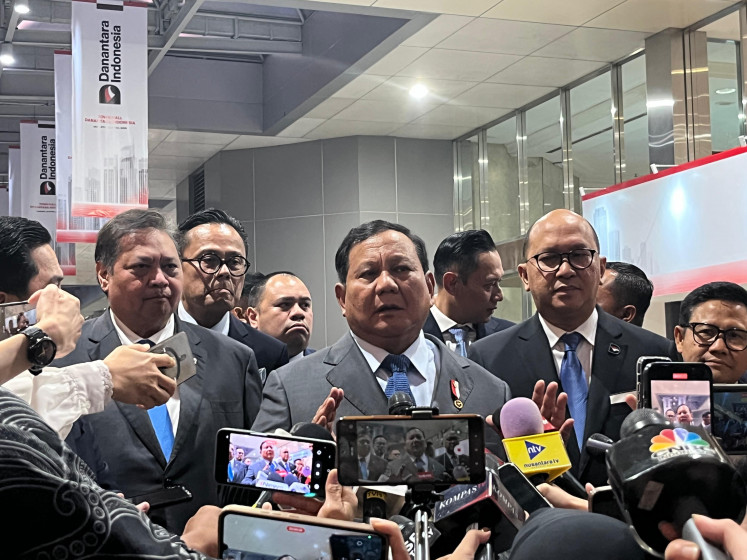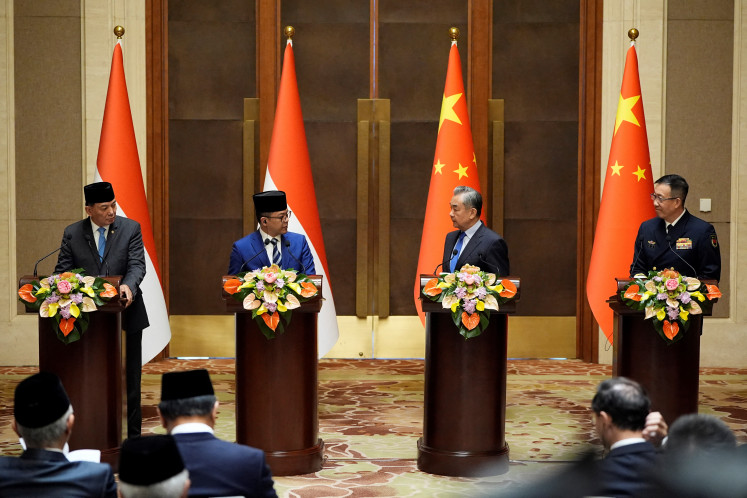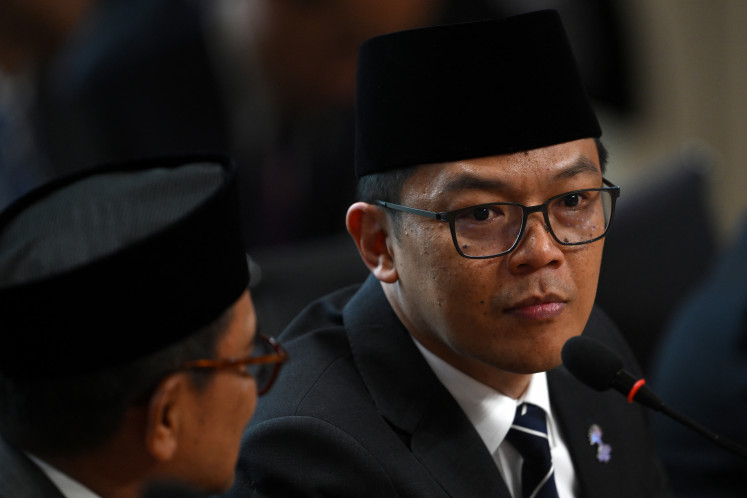Scientists urged to stand up for Aceh’s biodiversity
Institutions affiliated with the Aceh Spatial Planning Alliance have urged scientists and conservationists to push the Aceh provincial administration to amend the spatial planning bylaw (RTRW), which they say is potentially damaging and could reduce the region’s forests, threatening its biodiversity
Change text size
Gift Premium Articles
to Anyone

I
nstitutions affiliated with the Aceh Spatial Planning Alliance have urged scientists and conservationists to push the Aceh provincial administration to amend the spatial planning bylaw (RTRW), which they say is potentially damaging and could reduce the region’s forests, threatening its biodiversity.
Aceh is regarded as having the largest biodiversity in Asia Pacific, especially with the Lauser Ecosystem zone, which is currently a giant laboratory for scientists from across the globe.
The region is also where many wildlife species can be found, such as the rhinoceros, Sumatran tiger, orangutan and elephant.
According to Indonesian Forum for the Environment (Walhi) director TM Zulfikar, the Aceh RTRW is loaded with the interests of particular individuals and sacrifices the environment and sustainability of local communities living in the conservation area.
“We reject the proposed Aceh RTRW. Many people wish to take advantage of natural resources in Aceh, such as the forest in Aceh Tamiang, which will be turned into other areas in the planned RTRW,” said Zulfikar.
In the planned Aceh RTRW, the government plans to convert around 1.2 million hectares of forests into a limited forest production zone by converting it into plantation and mining areas and other purposes.
In the draft, drawn up in 2009, Aceh’s forested areas reached 3.57 million hectares, or around 63 percent of the total land area of Aceh. Should the proposed RTRW be accepted by the central government, Aceh could lose up to 2.5 million hectares of its forested areas.
Ian Singleton, from the Sumatra Orangutan Conservation Program, said the change in forest area allocation proposed in the draft RTRW had the potential to shrink major water resources, such as rivers, that irrigated rice fields in Pidie regency, as well as bringing the threat of flash floods and landslides.
Meanwhile, biodiversity experts from 25 Asia Pacific nations are gathering in Banda Aceh, Aceh, to attend a conference on tropical biodiversity protection sponsored by the Association for Tropical Biology and Conservation (ATBC). The meeting is aimed at promoting research as well as raising people’s awareness about the importance of tropical biodiversity and conservation.
The conference is being facilitated by the Aceh provincial administration through Syiah Kuala University, Fauna and Flora International (FFI) and the Strategic Resources Institute, under the theme, “Linking Biodiversity Science to Policy and Conservation Action”.
The conference is taking place from March 18 to 22 and will be followed with a trip to Ulu Masen forest, one of the forests in Aceh that has the biggest biodiversity in the province.
Aceh was chosen to hold the meeting because of its biodiversity reputation.
“There’s no other place in the world like Aceh, where species live in the same area. That’s why we chose Aceh to hold this meeting,” said ATBC secretary Antony J. Lynam.
“One of the biggest problems faced by tropical diversity is the defragmentation and loss of forests. There’s so many cases where deforestation has contributed to the depletion of species like the rhino, tiger and orangutan,” said Lynam.
Separately, Central Sulawesi is also facing deforestation and environmental degradation. The province lost 600,000 hectares of a total of 4.3 million hectares of forest areas in 2012.
Central Sulawesi Forestry Office head Nahardi said critical forests were found in 10 regencies, such as Donggala (147,504 hectares), Poso (118,893 hectares) and Parigi Moutong (99,997 hectares).
Nahardi added that 220,288.33 hectares of the total forested area in Central Sulawesi had experienced deforestation and degradation.
He said the office had initiated several strategies, such as a rehabilitation and conservation program, to reduce the area of critical forests across the province.









